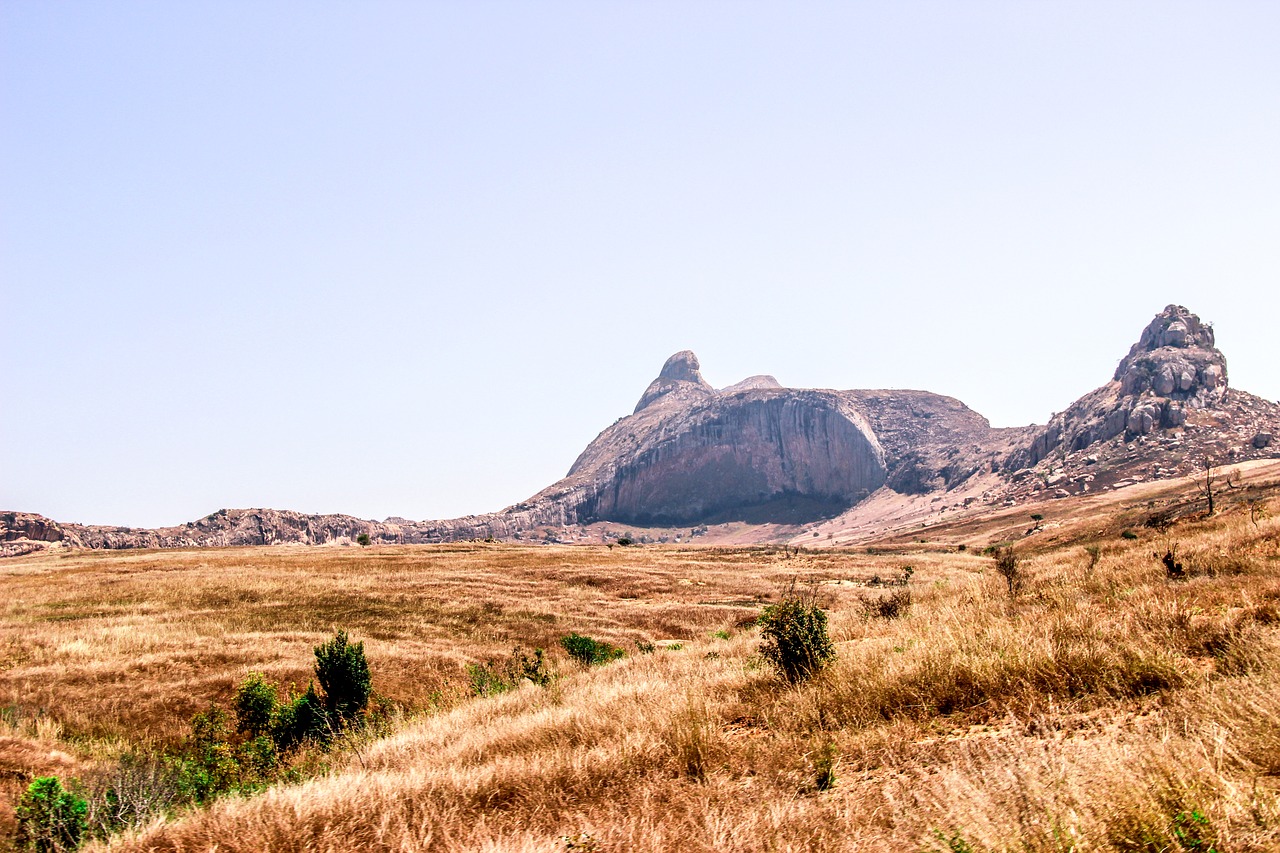
Covering an area of more than 587,000 km2, Madagascar is the fourth biggest island in the world. Also known as the Great Red Island, the laterite shapes its grounds and landscapes.
Some of their traditions, customs and ancestral practices find their origins in a melting pot coming from East Africa and Southeast Asia.
We can find 18 ethnic groups all around the island, but also the India-Pakistan, Chinese, Comorian and French communities.
Formerly colonized by the French (1895-1960) and by the English, Madagascar gained its independence on 26 June 1960 (National day). This European influence is reflected in the urban planning and architecture of numerous historic buildings and areas of the capital.
Dry and tropical forests, savannah, bushes, canyons, rock formations, beaches and lagoons: the island can satisfy all your needs and desires for adventure and exoticism.
The island-continent offers a wide diversity of landscapes and displays a unique and endemic fauna and flora.
An ultimate destination for nature enthusiasts.
Madagascar also features a rich and captivating culture through its traditions, customs and folklore.
A genuine cultural and sensory journey…
